Artistic Truth and Dare, Under Two Roofs
Acclaimed Los Angeles–Based Photographer
Janna Ireland’s ‘True Story Index’ Is a
Major Mid-Career Survey Spread Between
SBMA and MCASB
By Josef Woodard | Photos by Ingrid Bostrom
February 22, 2024
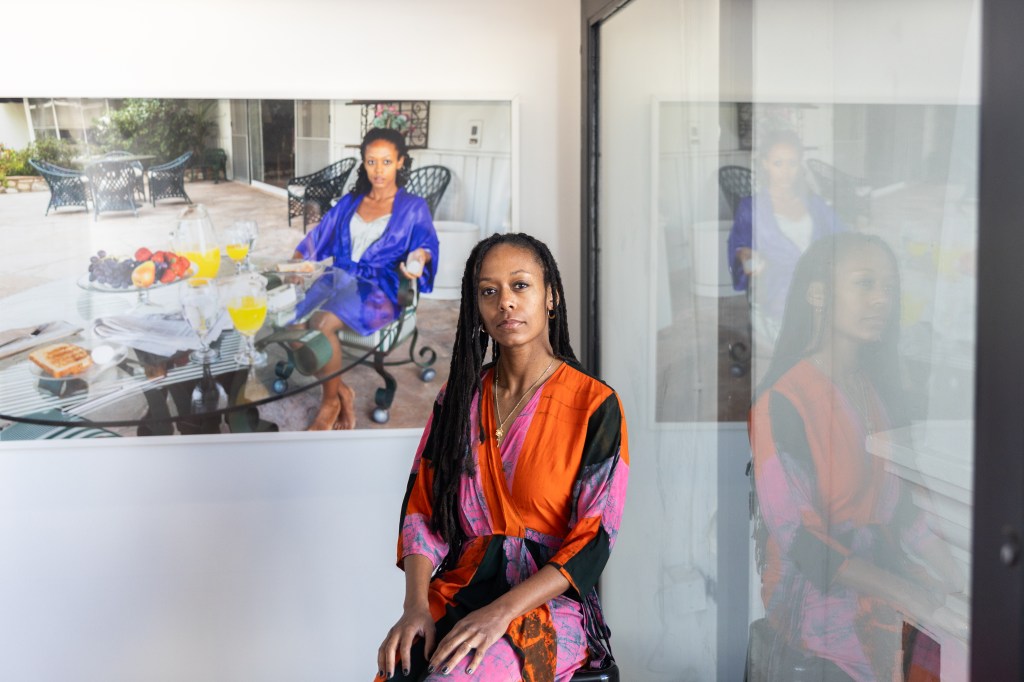
Janna Ireland is very much an artist about town at the moment, and one who richly deserves the spotlight(s). The respected Los Angeles–based photographer’s work straddles figurative, familial, and fictional vignettes — sometimes featuring the artist doubling as her own model — as well as acclaimed architectural imagery and more. Not incidentally, a running theme in Ireland’s body of work reflects aspects of Black life in America.
Given the expansive nature of her art and themes (not to mention the Black History Month connection), it makes sense that she is being represented twice over in the 805. In a groundbreaking institutional collaboration, the two-part exhibition Janna Ireland: True Story Index spreads itself between the Santa Barbara Museum of Art (SBMA) and Museum of Contemporary Art Santa Barbara (MCASB). SBMA’s photography curator Charles Wylie and MCASB’s board president Freddy Janka reached across the curatorial aisle to create what will no doubt be one of the most important art exhibitions in the area this year.
Janka had worked with Ireland back in 2019, in connection with a project of The Ojai Institute, where the artist was invited on the panel “Artists Looking at Architecture.” At that moment, Janka recalls, “Charlie was one of our intrepid colleagues and friends who made the effort to view the work in person, spend time having conversations, and later came the first SBMA acquisitions from this project with Janna.”
Regarding the new show’s title, True Story Index, Janka notes that “while planning the exhibition, Janna spoke of loving the David Byrne film True Stories, and while that’s not an inspiration for the exhibition, the very nature of saying something is true in photography, which is really more about constructing a story than many wish to admit, is where we found the title for the exhibition.”
During a walk-through in SBMA’s primary McCormick Gallery just before the show’s opening, Wylie commented that putting the exhibition together has been “a real pleasure doing this, especially with MCA Santa Barbara. That’s been a great thing.”
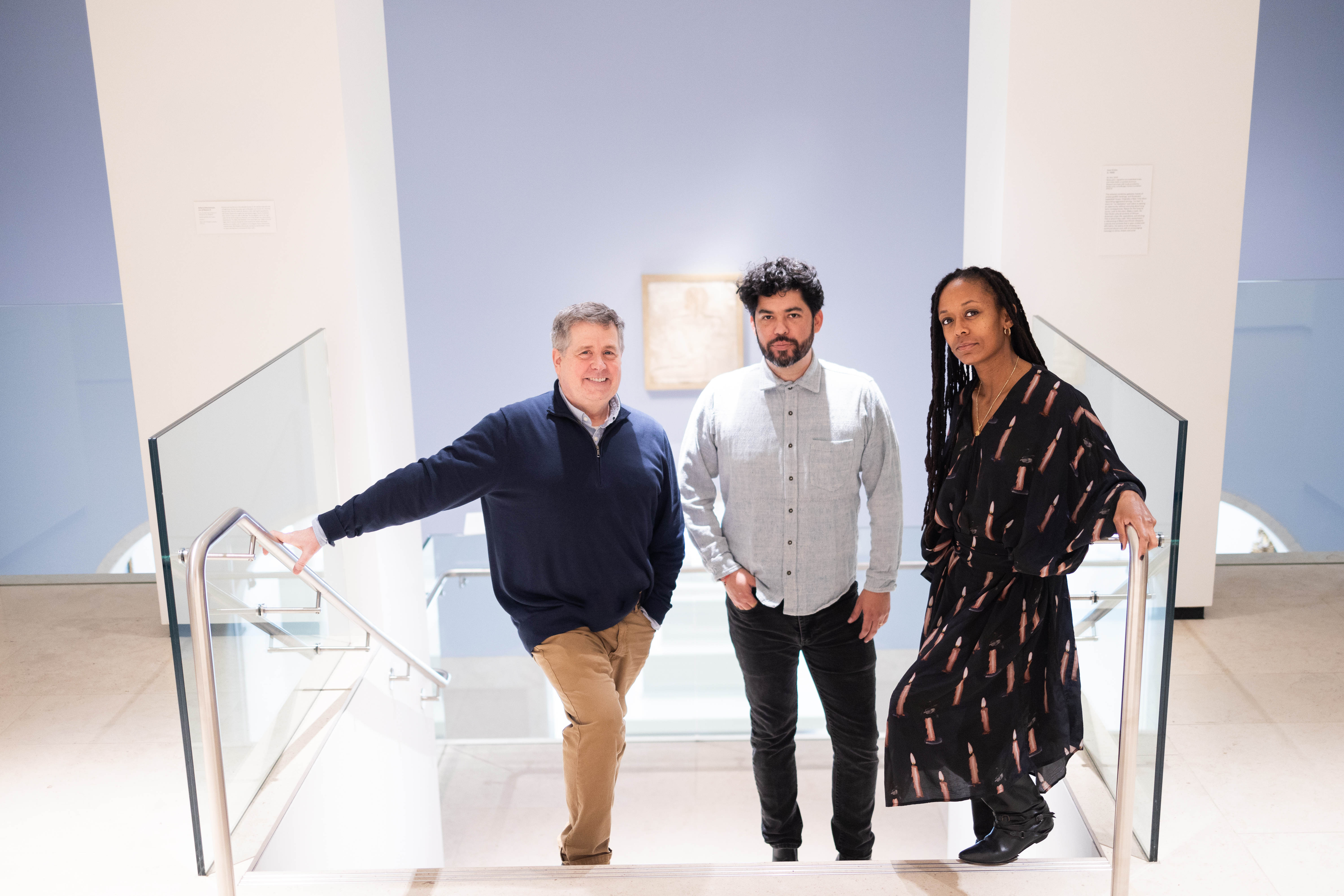
Among the earlier works on view is a series of enigmatic, nocturnal, almost film-noirish photos from West Hollywood, hinting at her deeper architectural interests to come. “I think it’s brilliant because it really shows her talent with architecture and creating narratives with architecture. And these are 14 years old,” Wylie laughs with admiration.
In a prominent interior area of the gallery, Wylie points out the contrast between Ireland’s The Spotless Mirror series and the family-oriented Milk and Honey series. In the former, he says, Ireland is “performing femininity, and it’s about Black identity. And this being a character that she has created is in all of this work. And then when she’s including this (later) body of work, which is Milk and Honey, a sequel to The Spotless Mirror, with her husband and boys, she’s not necessarily in a costume here.”
We also headed upstairs to SBMA’s Ala Story/Photography Gallery to visit an important facet of Ireland’s art in recent years, an elaborate research project that has a photographic series and detailed background dealing with the existing structures of Black architect Paul R. Williams. The series was featured in exhibitions at the Nevada State Museum and the AIA Center for Architecture in N.Y.C. and has been covered by such publications as both of the Times — Los Angeles and New York. This series celebrates not only the architecture but also Ireland’s extra-sensitive eye for the subject, and some of the images are reminiscent of the famed late architecture photographer Julius Shulman.
As Janka asserts, “Janna is able to pull from the most influential genealogy of California photographers, like her mentors at UCLA, Jim Welling and Cathy Opie; I see her as a true photographer of our moment and of the West. I’m very much excited to see where this exhibition takes her, and what the next survey will reveal.”
I spoke with Ireland, the mid-career artist very much in forward motion.



[Click to enlarge] Janna Ireland’s children and other family members are often subjects in her work. | Credit: Ingrid Bostrom
I wonder about your response to seeing so much of your art collected and connected — under two roofs, as it were. Does it inspire a sense of overview for what you have been up to as an artist for many years? It has been incredible to see work from so many years spread out at SBMA and MCASB. I am always trying to hold all of these bodies of work together in my head, but actually seeing them together, in three dimensions, I get a sense of scale that I really couldn’t before. I am so proud, but also sort of stunned. Most artists work their whole lives without getting to do something like what I have been able to do at MCASB and SBMA. How is it that this has happened for me? I don’t think I’ve fully processed the experience yet.
How do you explain the meaning behind the title True Story Index? The title definitely points to the way some stories being told through the work in the show are “true,” or at least closely related to some kind of truth; others are purely fictional; and others fall somewhere in between. Sometimes we say “true story” as a joke, to indicate that a story is far from the truth. Other times, a declaration that something is a “true story” is to be taken seriously.
Something that comes up a lot in discussions about semiotics in photography is its indexical nature; a photograph has an indexical relationship to its subject because it is made on a particular date, at a particular time, by way of light bouncing off of that subject and being recorded. But that indexical relationship between photographs and truth/real life is not the whole story. Photographic images lie, obfuscate, mislead, all the time.
Your art seen in the two spaces seems, from one perspective, to be diverse. But from another angle, there are thematic and conceptual connectors. Do you view your work as being interconnected and all of a piece, in some way? When I think of the work in the show, it all feels connected. Looking at the architecture in the West Hollywood series and in the photographs taken at my husband’s grandfather’s house for The Spotless Mirror, both of which were made in the years I was in graduate school (2011-2013), I can see how I got to the Paul R. Williams work a few years later. Looking at the Williams pictures and thinking about the spontaneous way in which they were composed, I can see how I got from the posed, carefully controlled family pictures in Milk and Honey to the pictures of my children in their natural state in Tender Boughs. Looking at all the different kinds of pictures I have made of my family over the years, it makes perfect sense to me that I would dive into my grandmother’s albums to make Pauline [on view at MCASB].
I keep coming back to family, I keep coming back to domestic spaces, I keep coming back to playing with light, and I keep experimenting with form to create opportunities for people to interact with the work in different ways. I think a lot of artists are ultimately obsessed with just a handful of subjects or ideas, and a life’s work is just a long meditation on those things.
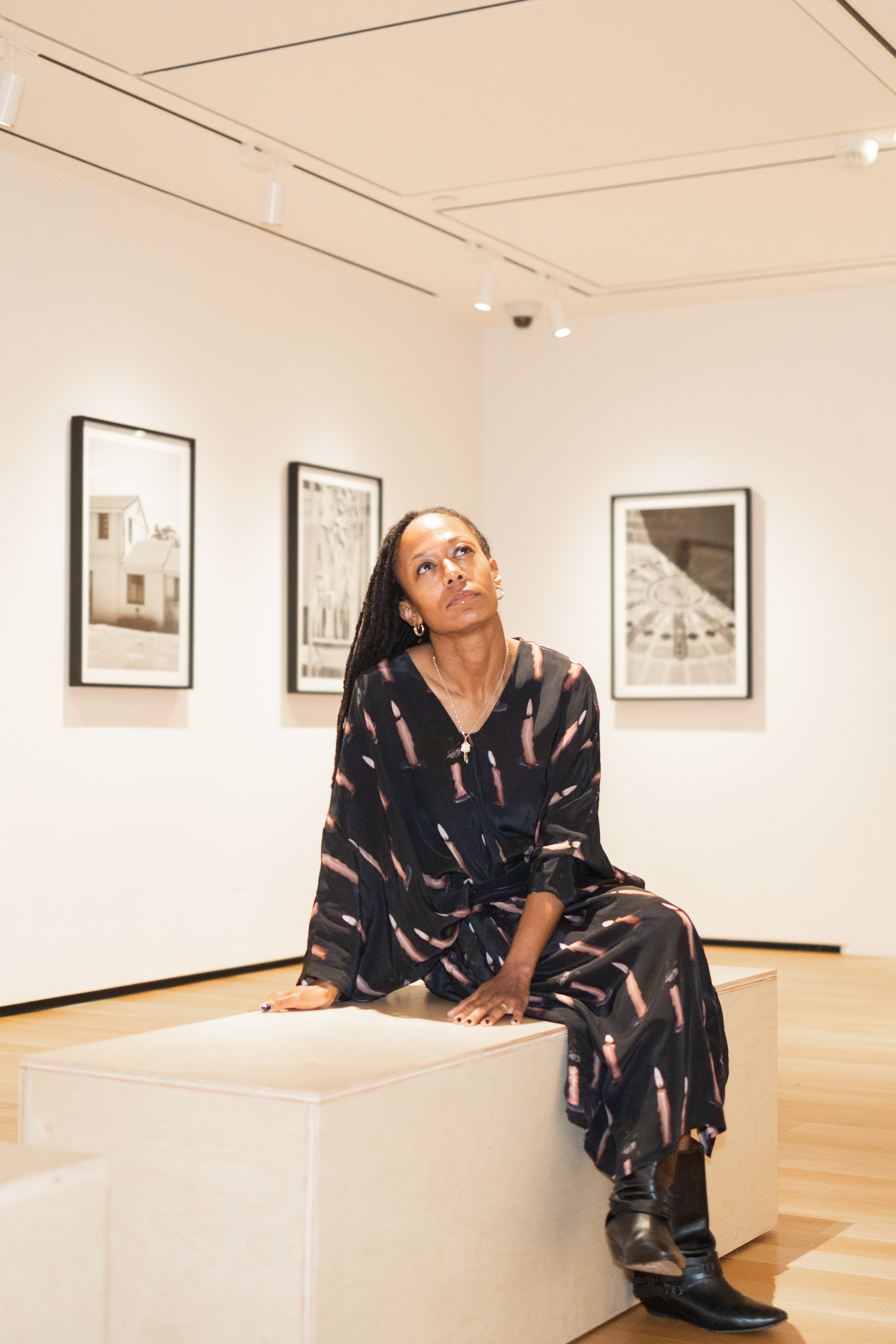
Someone told me years ago that I photograph buildings the way I photograph people, and I have been turning that around in my mind ever since. Maybe, just like I keep returning to my favorite subjects, there is a way in which I consistently see and frame images, whether they are of people, objects, or buildings. I’m not really concerned with having a recognizable style — I don’t need every picture I make to be immediately recognizable as mine. But when I look at everything together, it does feel to me like one person’s work.
Can you call up a short list of photographers — or other artists, or architects — who have had a strong influence or impact on you and your own artistic voice? Carrie Mae Weems, Ana Mendieta, and Maya Deren are three artists whose work I fell in love with as a very young artist, and who have continued to have an impact on me.
Maybe related to the proverbial question put to actors who also direct themselves, is there a curious inside-outside artistic mind frame involved when you are in the picture, so to speak? I would say so. When photographing myself, my body is in front of the camera, but it’s as though my mind is still behind it. I am not the “self” that is appearing in the self-portrait; I am the “self” that is making the photograph.
Your recent series Pauline is based on your grandmother and with a photographic approach mixing positive and negative imagery and collage touches. Was that a conceptual leap for you, and is this opening up a new expressive chapter for you? I wanted making Pauline to be a slow, labor-intensive process. It is work about my grandmother’s life, but it is also work about mourning her, and performing all that labor as an
expression of grief. There are 21 individual images, but I consider the whole thing one big piece, which took me five months to make.
I’m just old enough that my earliest years in photography were spent in the darkroom instead of working with digital images on a screen. Twenty-five years later, working in the darkroom is no longer the most practical way to make photographic images. So, for me, the darkroom has become uncoupled from the straightforward photograph. I don’t work in the darkroom because I want to make technically perfect or accurate images. I can do that easily with a digital camera and a printer. I work in the darkroom because of the magic of the process, and it makes sense to me to do so in a way that is about expression instead of accuracy.
I did a small project that I now think of as a test-run for Pauline back in early 2022, when my grandmother was still alive. She passed away later that year, and a few months after that, things began to fall into place for True Story Index to happen. When I was offered the show, I knew almost immediately that I wanted to begin the work about my grandmother again and carry it out on a much grander scale. It felt right to celebrate someone who had such an enormous impact on me at what seems like it will be a career-defining moment. It is also a celebration of her centennial — she would have been 100 this year.



[Click to enlarge] Janna Ireland | Credit: Ingrid Bostrom
This exhibition opens during Black History Month. Do you have any general or specific reflections on how your art interacts with Black life in America, and do you think about increasing awareness of racial issues within the art world? I don’t make work about myself or my family because I want to teach anyone anything about our lives. In the past, some Black photographers were making images of Black people designed to counteract negative stereotypes. That is more weight than I am willing to place on pictures of my children. I want them to be their beautiful selves, not symbols. I am not trying to humanize us for anyone who doesn’t see our humanity; I am trying to reflect our humanity back to people who already understand it, so they can feel seen, too.
The Paul R. Williams projects are, by their nature, educational. They are about the career of a historical figure who just so happened to be the first Black person to do a number of things. Through my projects, a lot of people have learned about Williams and his work, and some of the ridiculous and insulting things he had to put up with from people who did not see his humanity.
With these projects, I do want people to have a sense of the enormous obstacles Williams faced, but I don’t want them to think, “Well, that was a long time ago; everything is fine now.” We are still dealing with those legacies today. For every Paul R. Williams, how many thousands of brilliant people weren’t given an opportunity to show their talents? What could their grandchildren be today if they had been?
True Story Index has been described as an important “mid-career survey.” If you pull back the lens on your artistic life in progress, does this feel like a significant middle period, with a strong foundation having been built but fully in forward motion and evolutionary mode? It took a while to come to terms with “mid-career” — I’m not quite middle-aged yet. But a “mid-career artist” is really just someone who has hit certain milestones but still has many years of making work left. When I think of it that way, it does feel like I am in the middle. I have published a book and I have a full-time job teaching photography — something I worked tremendously hard for a long time to get.
Now that I have done those things, I am not ambitious in a specific way; there is no particular prize I’m hoping to win. I’m content to make my work, raise my children, and teach my students. While I’ve been busy doing those things, some wonderful opportunities, like this mid-career survey, have come my way. I am in a very lucky place, where my life is full, but instead of being frozen here, I am being gently propelled forward.
Janna Ireland: True Story Index is on view at Santa Barbara Museum of Art (1130 State St.) and at Museum of Contemporary Art Santa Barbara (653 Paseo Nuevo) through June 2. See sbma.net and mcasantabarbara.org.
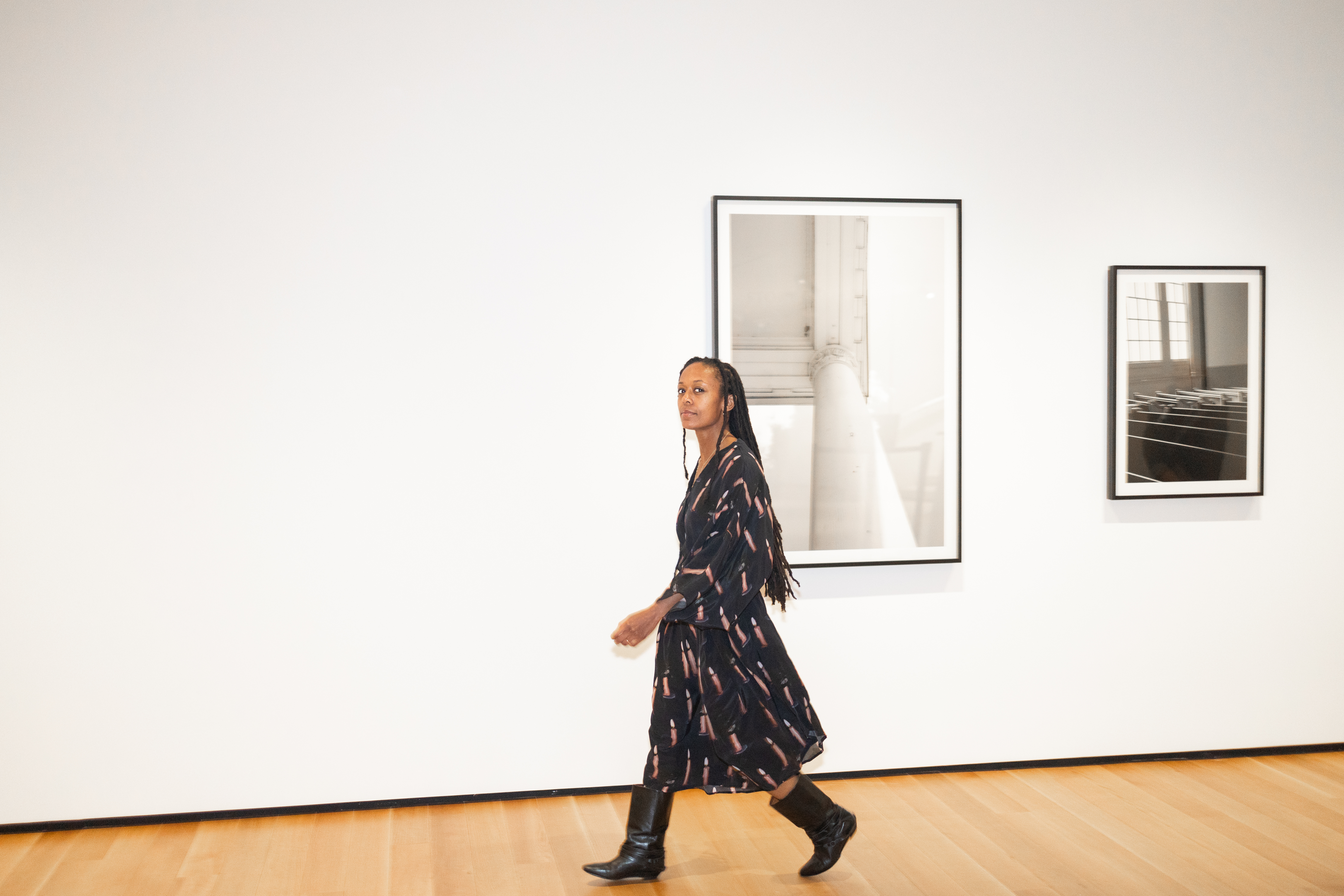

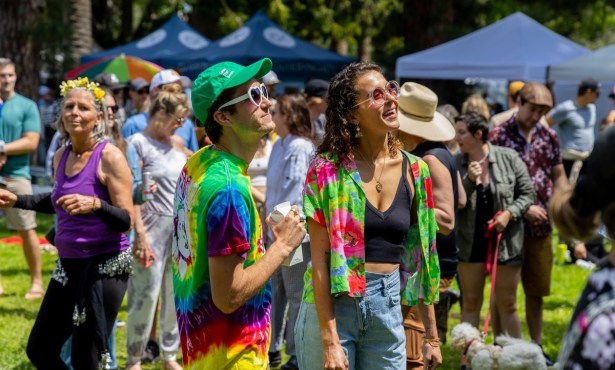
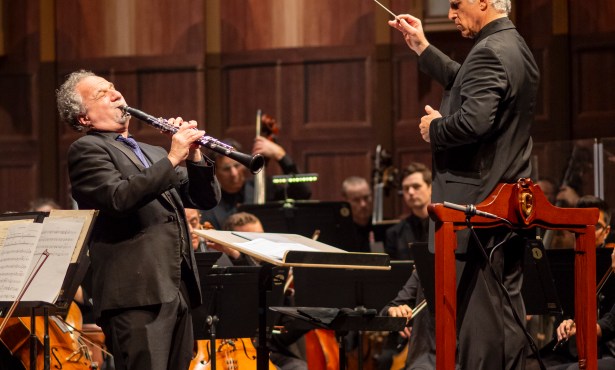

You must be logged in to post a comment.